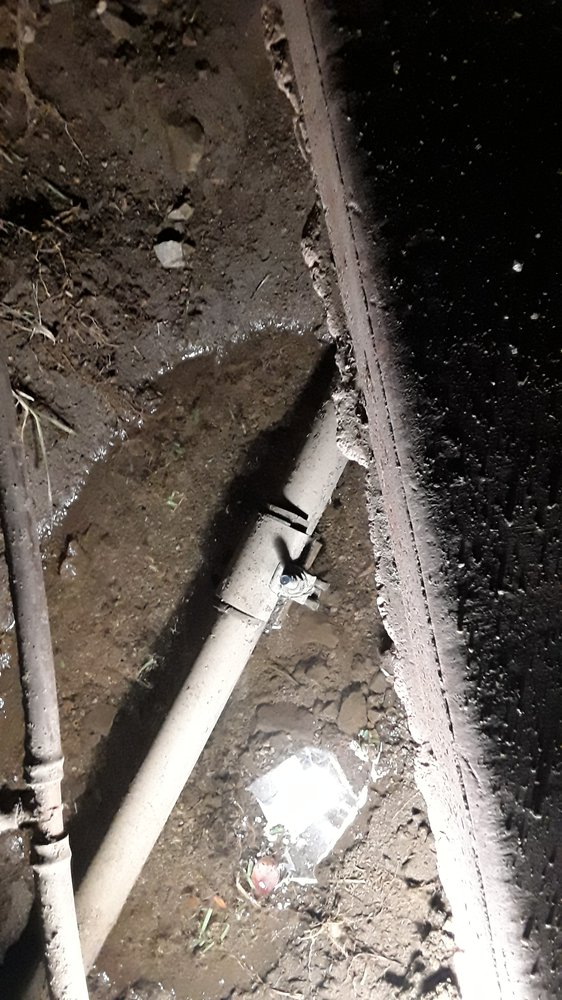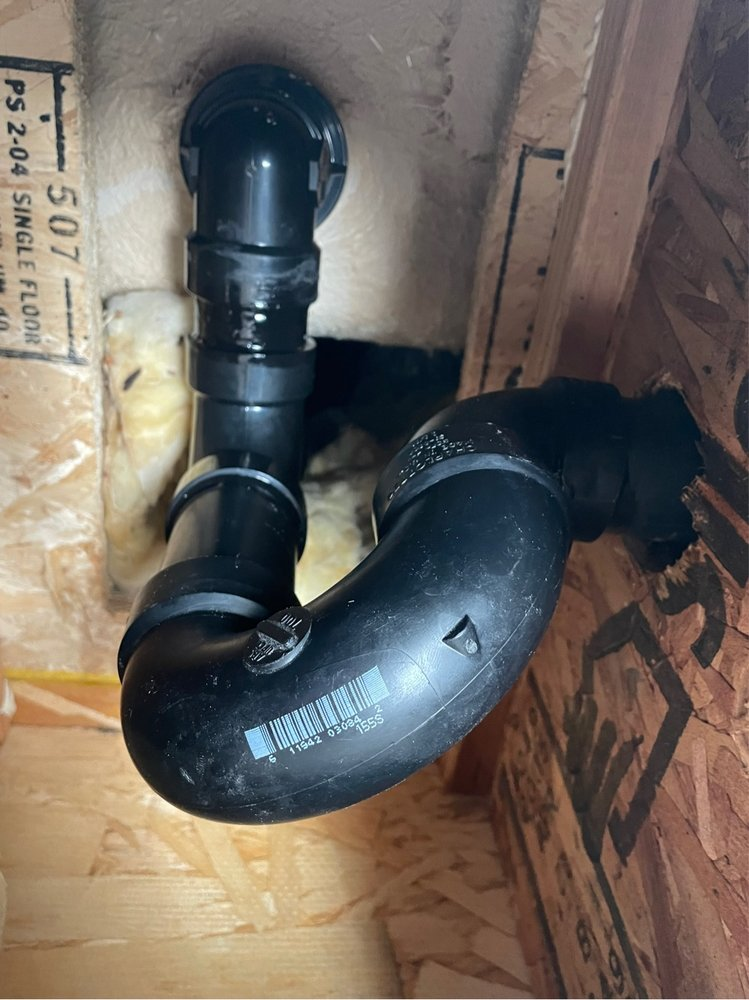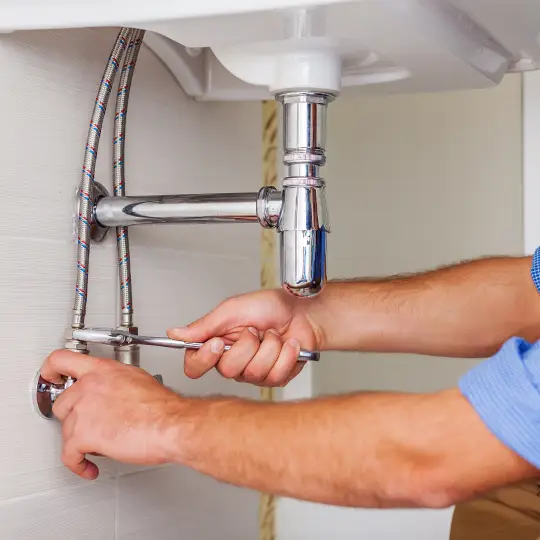Water heater installation in Pomona may seem complicated. But with a clear plan, it becomes simple and stress-free. Whether you need a tankless water heater installation, a full water heater replacement, or just a hot water heater service, understanding the steps helps you make smart choices.
Let’s walk through what you can expect—from the moment you start looking for a new unit to the final post-installation check.
Picking the Right Water Heater: The Foundation of a Smooth Installation
Understand Your Hot Water Needs
The first step is to assess how much hot water your household needs. Think about how many people live in your home and how often you use appliances like showers, dishwashers, and laundry machines. If you often run out of hot water, your current heater is likely too small or outdated.
Choose Between Tank and Tankless Models
There are two main types of systems:
- Tank water heaters store heated water in a large tank. They’re usually more affordable up front, but use more energy over time.
- Tankless water heater installationgives you hot water on demand. These units save space and energy but cost more initially.
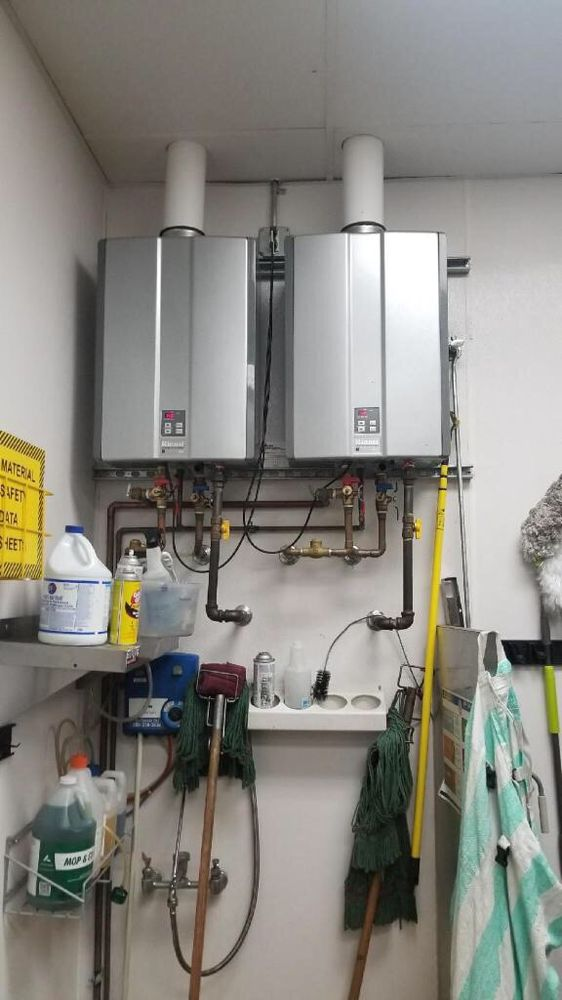
If you’re short on space or want lower energy bills, tankless is often the better choice.
Gas vs. Electric: What Works Best in Pomona?
Both fuel types have pros and cons:
- Gas unitsheat water quickly and cost less to run. However, they need proper ventilation.
- Electric unitsare easier to install and don’t need venting, but may cost more monthly depending on local utility rates.
Check what your home is already set up for. Changing fuel types adds to installation costs.
Sizing It Right
For tank systems, the right capacity depends on your household’s size:
- 1–2 people: 30–40 gallons
- 3–4 people: 40–50 gallons
- 5+ people: 50–80 gallons
For tankless systems, focus on flow rate (gallons per minute). Your installer can help you calculate this.
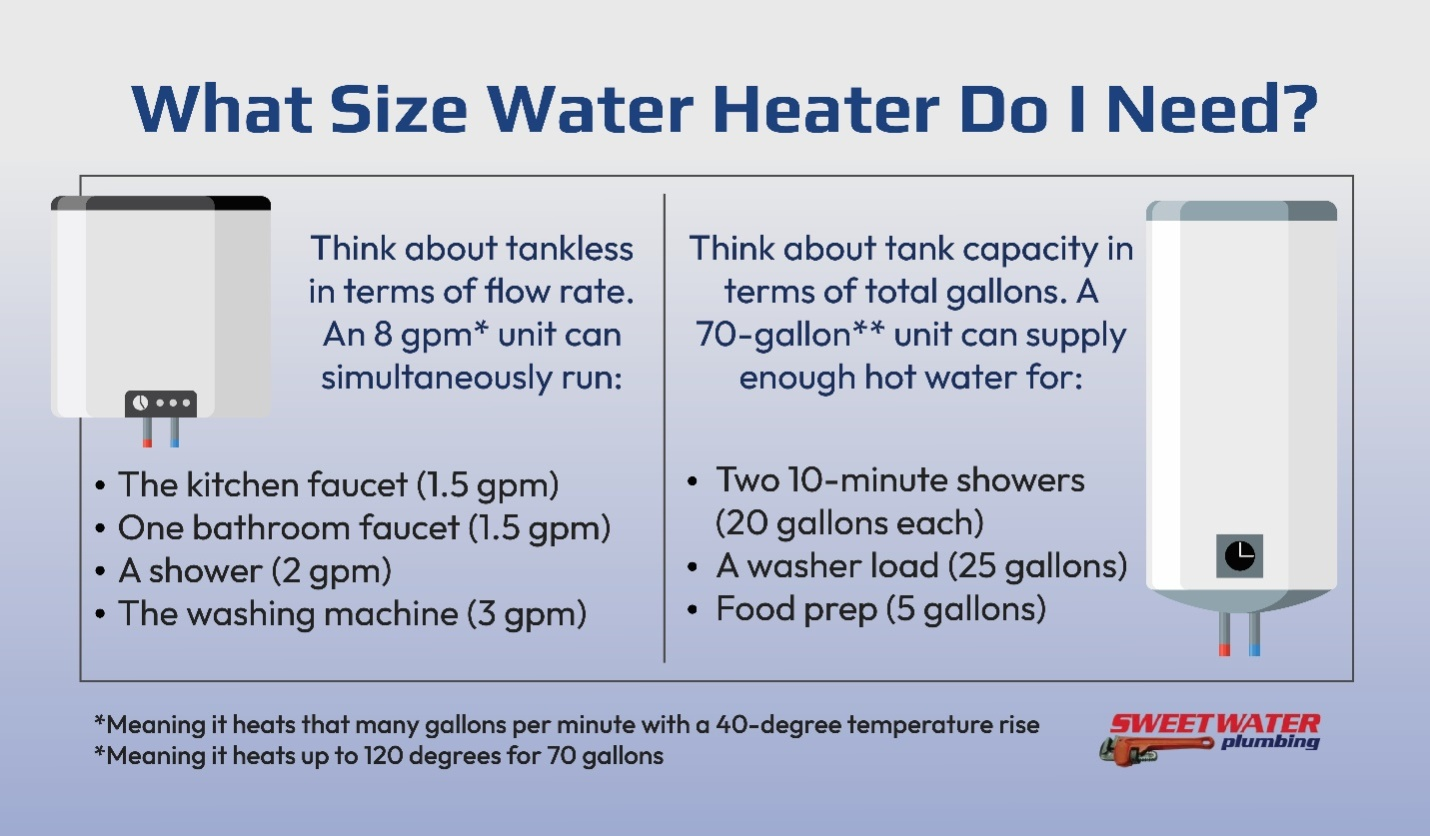
Budget for Upfront and Long-Term Costs
Don’t focus only on purchase price. Include installation costs, monthly energy use, and lifespan in your decision. Tankless units cost more upfront but last longer and use less energy.
Preparing for Installation Day: What Happens Before the Work Begins
Get a Professional Inspection
Before starting a water heater installation in Pomona, a licensed plumber will assess your current system. They’ll check your:
- Plumbing and pipe layout
- Gas or electrical connections
- Ventilation (for gas units)
- Space availability
This helps them plan the install and spot any needed upgrades or code corrections.
Permit and Code Compliance
In Pomona, most water heater replacements or installations need permits. Your installer usually pulls the permit and ensures all work meets building codes. This step protects your home and guarantees safety.
Clear the Area
Your plumber needs space to work. Move anything stored near your current heater. Clear the floor and walls nearby. This helps them access connections and makes the job faster and safer.
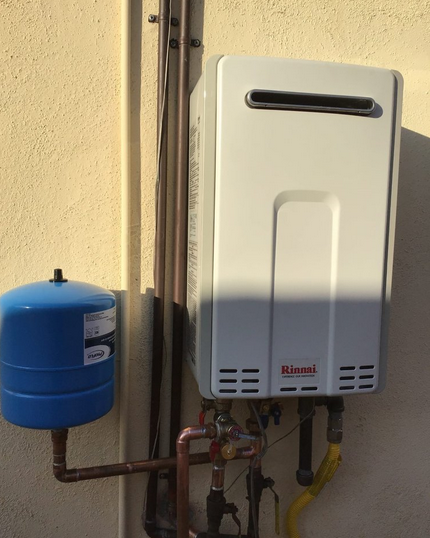
Plan for Water and Power Shutdown
During installation, the water supply will be shut off. If it’s a gas unit, your gas line may be turned off temporarily. You’ll lose hot water for several hours, so plan accordingly—shower early and avoid running appliances that use water.
Safety Checks and Pre-Installation Tasks
In some cases, the installer may:
- Drain the old tank
- Cap or reroute plumbing
- Check your home’s water pressure
- Verify earthquake strapping
Taking care of these steps upfront ensures a smooth installation process.
The Installation Process: From Disconnection to New Hookup
Removal of the Old Unit
If you’re doing a water heater replacement, the plumber first disconnects and removes your old unit. They shut off water, power, or gas lines and drain the tank. Then they disconnect plumbing, venting, and wiring before safely removing the heater.
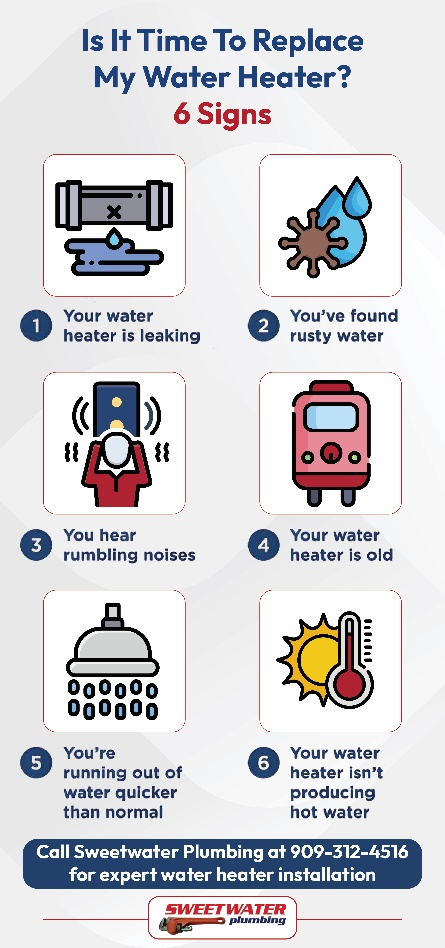
Preparing the Space
After the old unit is out, your plumber may:
- Clean up the space
- Install new venting or insulation
- Make plumbing or electrical upgrades
- Set a platform or mount for a tankless system
For tankless water heater installation, this step may take longer due to wall mounting and specialized venting.
Installing the New Water Heater
Next, the new unit goes in. The installer connects water lines, power or gas lines, and temperature controls. Every connection must be secure and code-compliant.
Add Safety and Support Features
Your plumber also adds features like:
- Temperature and pressure relief valve (TPR)
- Expansion tank(required in many cases)
- Earthquake straps(especially important in Pomona)
- Drain pan with overflow pipe
These ensure the heater works safely and efficiently.
Venting Setup for Gas Units
For gas heaters, proper venting is essential. Installers either connect to existing vents or install new ones. Tankless units need sealed vents made of corrosion-resistant materials, which take extra time.
Testing and Setup: Making Sure Everything Works Perfectly
Power-Up and Initial Testing
Once everything is in place, your plumber turns the unit on and monitors the system. For tank models, you may need to wait 30–60 minutes for hot water. Tankless systems provide it almost immediately.
Temperature Check and Adjustments
Your installer sets the water temperature, typically to 120°F. This prevents burns while keeping energy use low. You can request a different setting if needed.
Leak and Pressure Testing
They’ll inspect all connections for signs of leaking. They also check pressure to ensure the unit can handle your home’s plumbing system.
Gas Safety Checks (If Applicable)
For gas water heaters, the installer uses gas detectors to check for leaks. They’ll also ensure proper combustion and exhaust ventilation to keep your home safe.
Final Walkthrough
Your plumber will:
- Show you how to adjust temperature settings
- Explain the maintenance schedule
- Point out shutoff valves and emergency procedures
- Give tips for common water heater repairissues
By the end of this step, your system should be running perfectly—and you’ll know exactly how to manage it.
After Installation: Maintenance, Repairs, and Long-Term Care
Regular Maintenance Matters
After installation, proper care keeps your system running efficiently. Schedule yearly checkups for:
- Flushing sediment from the tank
- Checking the anode rod (for corrosion protection)
- Inspecting for leaks or rust
- Descaling for tankless units
Skipping maintenance often leads to early failure and costly water heater repair.
Signs You May Need Service
Call for hot water heater service if you notice:
- Delayed hot water
- Strange noises (banging, popping)
- Rust-colored water
- Water pooling around the unit.
- Error codes on digital tankless units
Catching these signs early can prevent bigger problems later.
Lifespan and When to Replace
Most traditional water heaters last 8–12 years. Tankless units can last up to 20 years with good maintenance. Keep your installation date on record and watch for signs of aging equipment.
You may need water heater replacement if:
- You’ve already done several repairs
- The unit is over a decade old
- It no longer meets your family’s hot water needs
Replacing an aging unit before it fails avoids water damage and sudden breakdowns.
Improve Efficiency with These Tips
- Insulate exposed hot water pipes
- Lower your thermostat to 120°F
- Install low-flow showerheads
- Use hot water during off-peak hours (if on time-of-use plan)
These steps reduce energy use and save money.
What It Costs: Understanding the Price of Water Heater Installation in Pomona
Before beginning any project, it helps to understand the cost. The price of a water heater installation in Pomona can vary based on several key factors. Knowing what drives the cost helps you plan your budget and avoid surprises.
Unit Type and Size
The type of water heater you choose plays a major role. A basic 40- to 50-gallon tank model usually costs less than a tankless water heater installation. However, tankless systems offer long-term energy savings that offset the higher upfront cost.
Labor and Complexity
Installation labor costs depend on the difficulty of the job. For example, replacing a unit with the same type is usually cheaper than switching to a different model or fuel type. Tankless conversions, new gas lines, or upgraded electrical systems add to the total price.
Permits and Parts
City permit fees, safety materials (like expansion tanks or earthquake straps), and any required plumbing modifications can also affect the final cost.
Average Range
Most homeowners in Pomona can expect to spend $1,200 to $3,500, depending on the unit and scope of work.
Ask for a full estimate before work begins. A clear quote lets you make informed decisions and prevents unexpected charges later.
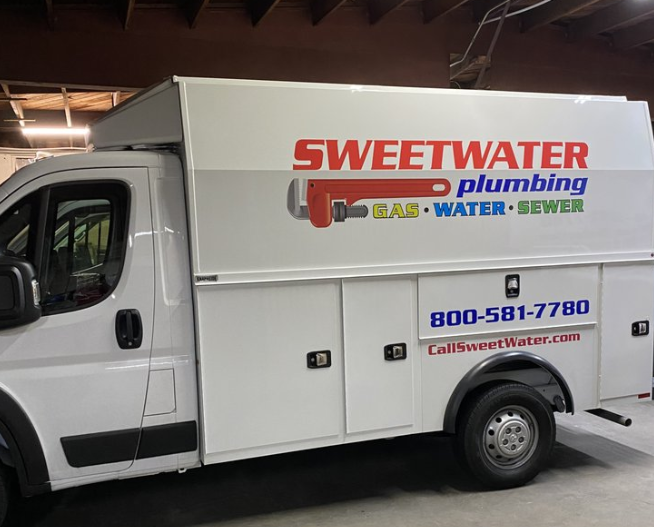
Call Sweetwater Plumbing for Expert Water Heater Installation in Pomona
Looking for a trusted team for your water heater installation in Pomona? Look no further than Sweetwater Plumbing. Our skilled emergency plumber Ontario handle every part of the job—whether you need a quick water heater repair Upland, a complete water heater replacement Rancho Cucamonga, or a high-efficiency tankless water heater repair Ontario installation.
We provide water heater service Ontario CA backed by expert knowledge, honest pricing, and fast response times. Sweetwater Plumbing also serves surrounding areas like Ontario, CA and brings peace of mind to homes and businesses alike.
We proudly offer water heater installation Ontario CA, Water Heater Installation Chino, and handle plumbing issues like sewer line repair Pomona, leak detection Rancho Cucamonga, and gas pipe repair Rancho Cucamonga. We even offer emergency response in Riverside with our emergency plumber Riverside services and trusted Ontario CA drain cleaning.
Call us and trust Sweetwater Plumbing to get your water heater installed right the first time.

